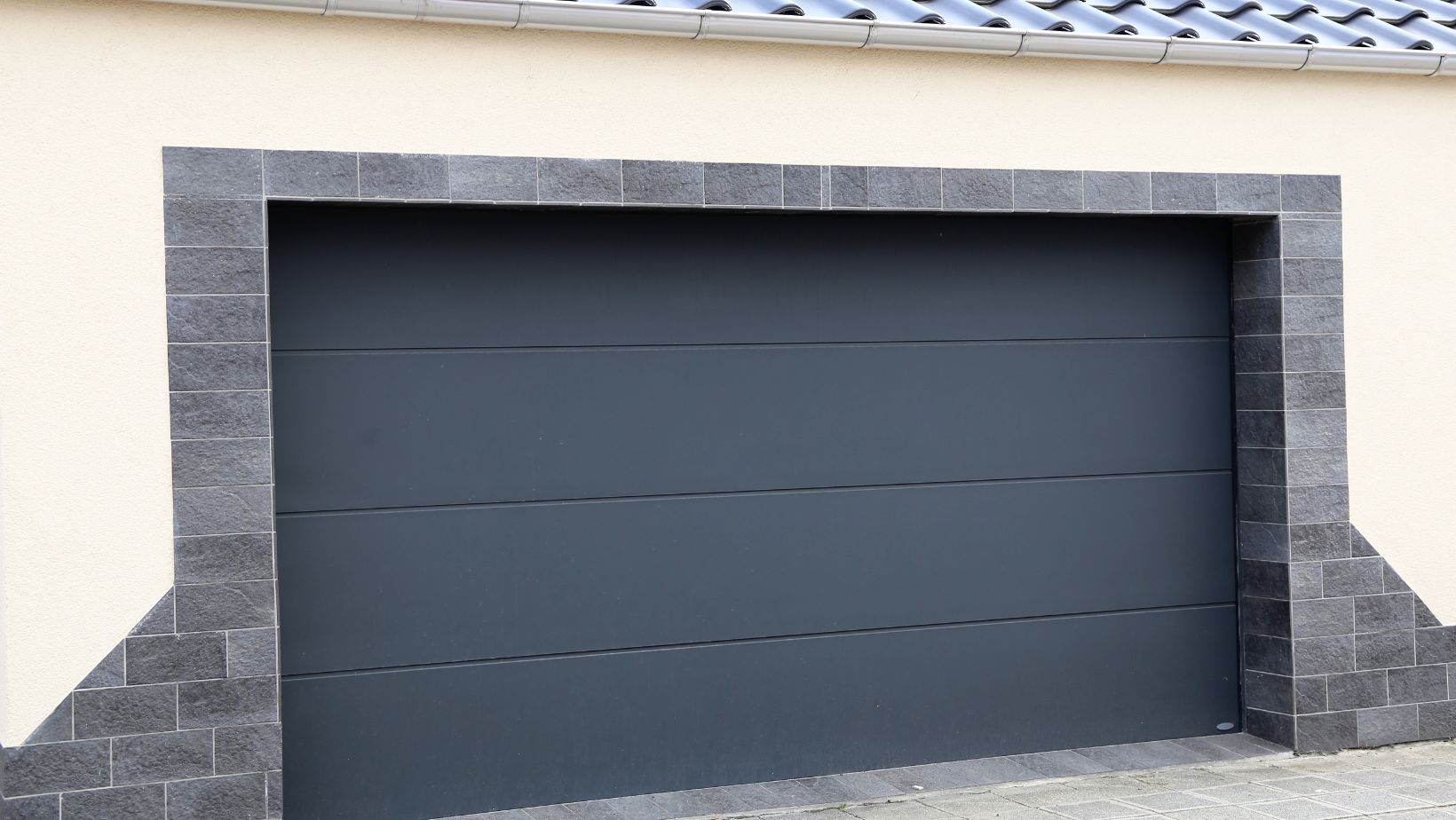Are you tired of sweltering in your garage during those scorching summer months? Well, I’ve got some good news for you. By investing in the best garage door insulation for hot climates, you can maximize energy efficiency and create a comfortable space to beat the heat.
Living in a hot climate means dealing with intense temperatures that can seep into your garage, turning it into an oven. But fear not! With the right insulation, you can significantly reduce heat transfer and keep your garage cooler. This not only makes it more pleasant to work or spend time in there but also helps lower your energy bills by reducing the need for air conditioning.
So, how do you choose the best insulation for your garage door? There are several factors to consider, such as R-value, material type, and installation method. In this article, I’ll guide you through these considerations and provide recommendations on top-rated insulation options that will help you create a cool oasis in your hot-climate garage. Let’s get started!
Table of Contents
ToggleBest Garage Door Insulation for Hot Climates
Benefits of Garage Door Insulation
When it comes to hot climates, having proper insulation for your garage door is crucial. The scorching heat from the sun can penetrate through uninsulated doors, turning your garage into an oven and making it unbearable to spend any time inside. By investing in quality garage door insulation, you can enjoy a host of benefits that go beyond just beating the heat.
One of the primary advantages of garage door insulation is enhanced energy efficiency. Insulated doors act as a barrier against outside temperatures, preventing the transfer of heat into your home. This means that you’ll not only keep the hot air out during summer but also retain cool air generated by your cooling system. As a result, you’ll experience reduced energy consumption and lower utility bills while maintaining a comfortable indoor environment.
How Garage Door Insulation Helps in Hot Climates
Garage door insulation plays a vital role in regulating temperature within your home during hot climates. Creating an additional layer of protection between the outdoor elements and your living space helps maintain cooler temperatures indoors even when the mercury rises outside.
Insulated doors work by reducing thermal bridging – the process where heat transfers through materials easily – which occurs with non-insulated doors. This means that less external heat will seep into your home through the garage area, keeping interior spaces much cooler and more comfortable.

Choosing the Right Type of Insulation for Your Garage Door
Factors to Consider When Choosing Insulation
When it comes to selecting insulation for your garage door, there are several important factors to consider. Here are some key points that can help guide your decision-making process:
- Climate: Understanding the climate in which you live is crucial in choosing the right insulation material for your garage door. In hot climates, where excessive heat can make the garage unbearably hot, you’ll want an insulation material with high thermal resistance (R-value) to keep the heat out.
- Budget: Consider your budget when selecting insulation for your garage door. Different types of insulation materials come at varying price points, so it’s essential to find a balance between cost and energy efficiency.
- Installation Ease: Think about how easy or complicated it would be to install the insulation yourself or hire a professional service if needed. Some materials require professional installation, while others can be easily installed as a DIY project.
- Durability: Garage doors are exposed to various elements, such as temperature fluctuations and moisture. Opting for durable insulation materials ensures that they will withstand these conditions and provide long-lasting performance.
In conclusion, investing in quality garage door insulation is essential in hot climates as it provides numerous benefits, such as energy efficiency, soundproofing, and temperature regulation. By choosing the right materials and ensuring proper installation, you can maximize comfort while minimizing energy consumption during scorching summer days.





